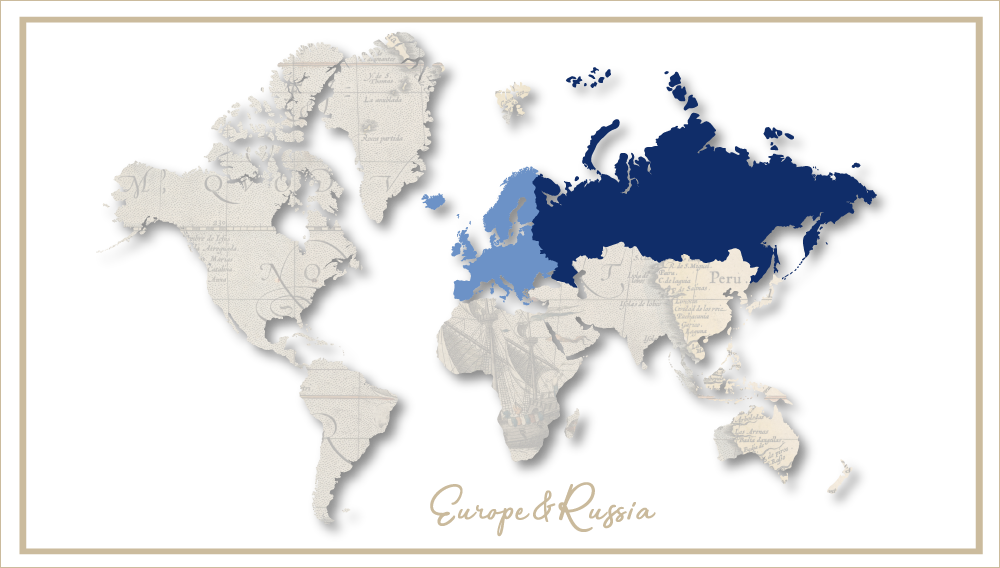SABMiller going strong – except in Australia
Funny it should only occur to hacks now that SABMiller's shares have surged more than 20 percent to GBP 28.1 so far during 2012, making the share one of this year's best performers in the FTSE 100. True, beverage stocks have climbed about 26 percent between 1 January and 30 November 2012. But hey, a share price hike is a share price hike.
Since releasing its interim results for the March to September period on 30 November 2012 it has climbed a few pennies higher, probably buoyed by the fact that in the past six months SABMiller managed to grow group revenue 11 percent to USD 17.5 billion, and pre-tax profit 12 percent to USD 2.3 billion.
Basic earnings per share increased 15 percent to USD 1.0, with the interim dividend raised by 14 percent to USD 0.24 per share.
The results also showed that Australia will continue to give SABMiller a headache. Last year, SABMiller paid AUD10.5 billion (USD 11 billion) for the Foster’s Group. Now SABMiller had to admit that its beer volumes fell 13 percent in Australia, which prompted the company to say that its share of the Australian beer market may not rise until 2014.
"I don’t think we believe that share rebuild will be rapid," Chief Operating Officer Alan Clark was quoted as saying on 22 November 2012. "It’s been a long time in its steady decline. So it’ll take a long time to build back." Market share will level off in the year through March 2014 and start to recover after that, Mr Clark said.
Foster's volumes fell faster than the market in general as SABMiller reduced its focus on the less-profitable mainstream beer brands.
Besides, since the Foster’s purchase, SABMiller’s priciest ever, the company has lost its title as Australia’s largest producer to Kirin's Lion. It may be small consolation to SABMiller that Kirin also reported "tough market conditions" in the country in its third-quarter results published on 2 November 2012.
Fortunately, growth in the emerging markets of Africa and Latin America helped SABMiller withstand rising costs and competition in China and a slide in Europe. Earnings in Latin America, the company’s largest region, rose 15 percent in the six months.
What is more, profitability across the group was boosted by cost savings and acquisitions.


